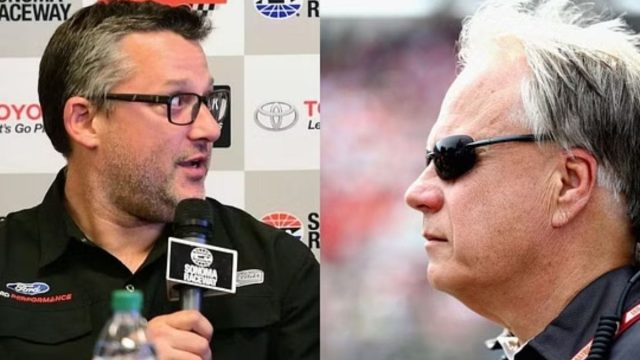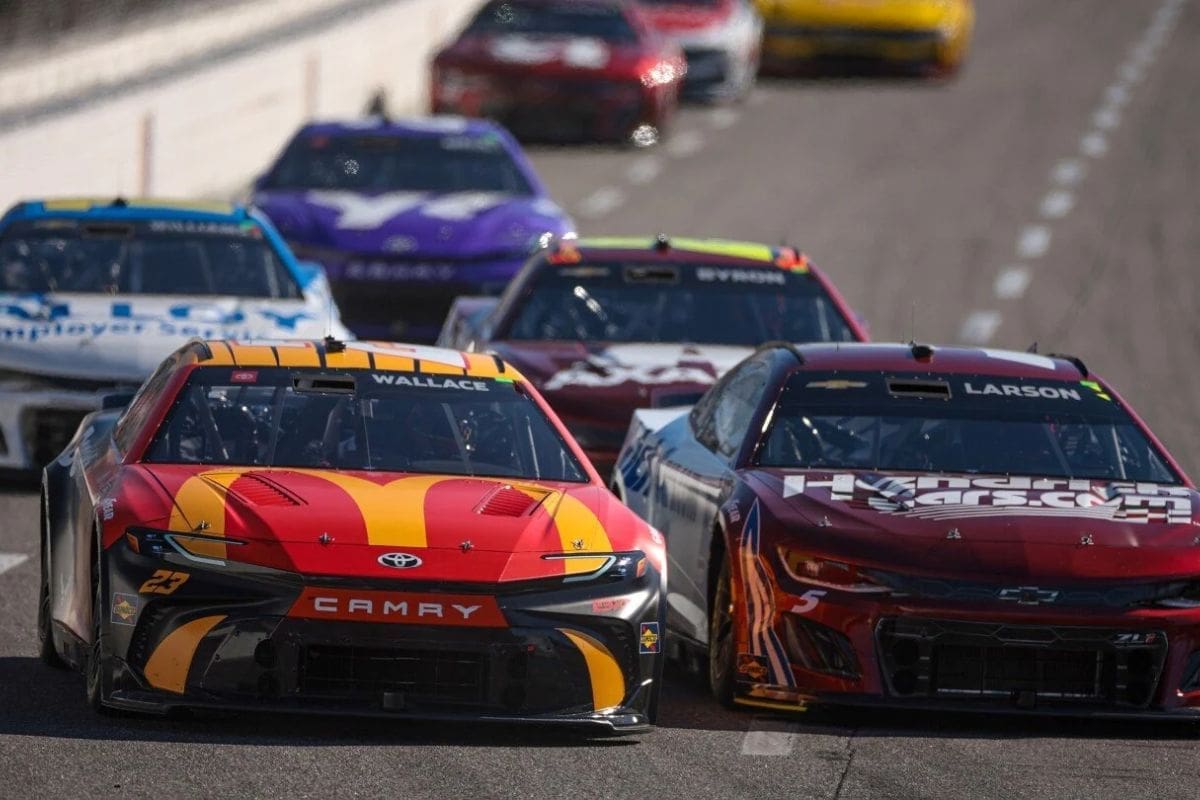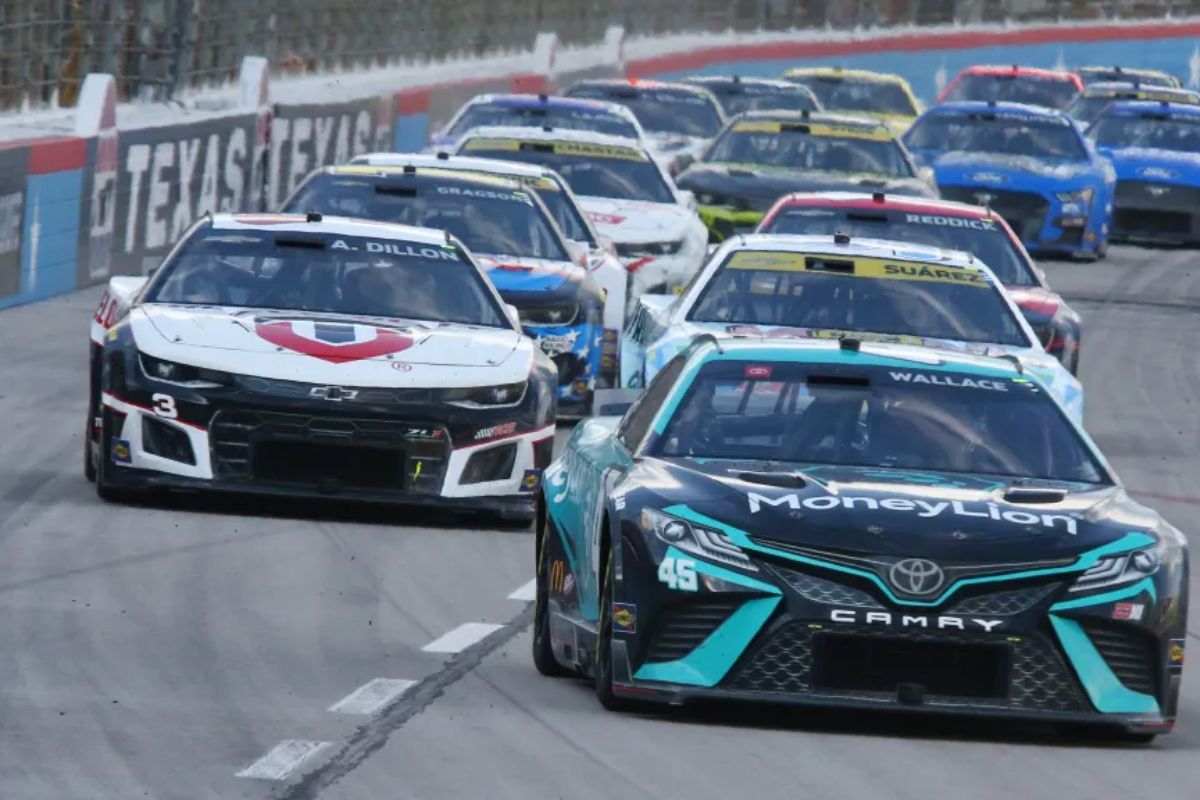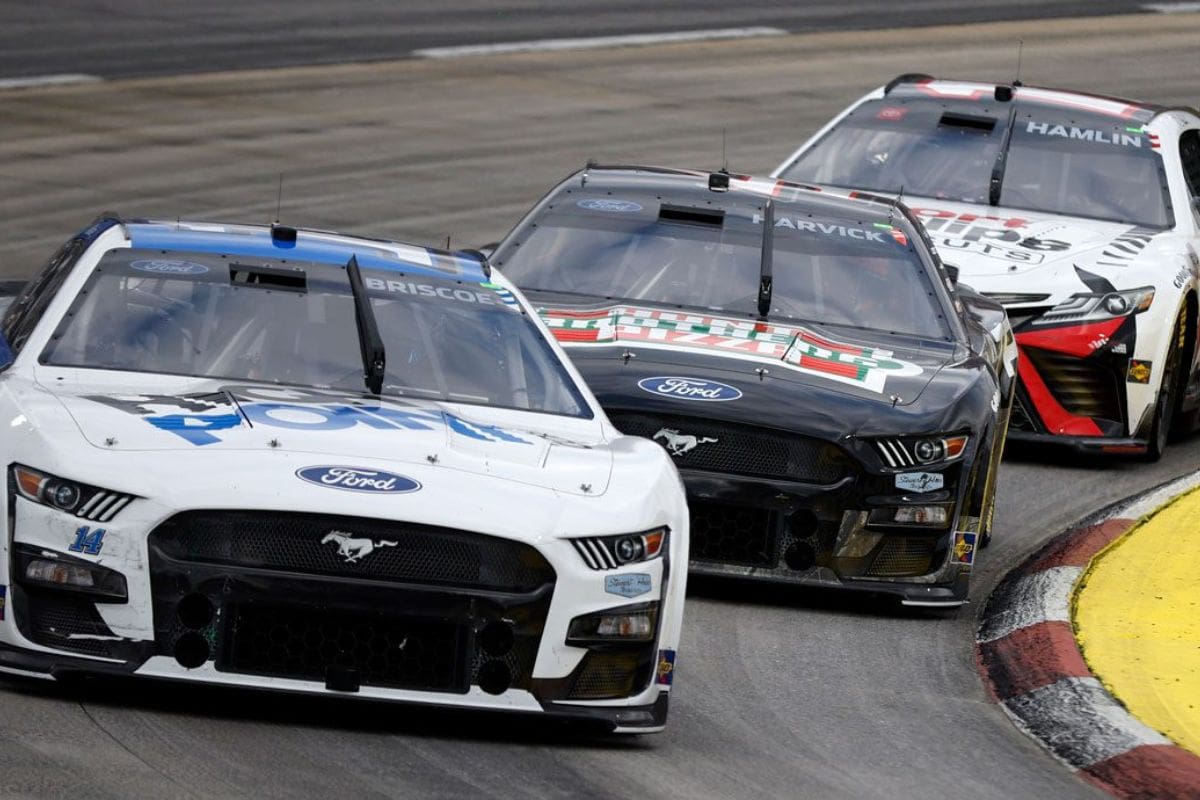Tony Stewart’s Hesitation for More Gene Haas Money: Tony Stewart‘s reluctance to approach Gene Haas for supplementary funding has emerged as a critical point in the decline of Stewart-Haas Racing (SHR), revealing the intricate interplay between personal dynamics and the harsh realities of competitive motorsport. As financial strain mounted, SHR’s inability to secure necessary resources not only stifled performance but also jeopardized its operational future. This hesitation raises pertinent questions about the sustainability of racing teams reliant on strong leadership and steadfast financial support. What implications does this have for SHR’s legacy and the broader landscape of motorsport?
Key Highlights
- Tony Stewart’s reluctance to request additional funding from Gene Haas reflects the strain of financial constraints on SHR’s operations and relationships.
- SHR’s budget limitations hinder performance, making increased investment crucial to remain competitive in the NASCAR landscape.
- Departures of seasoned drivers and major sponsors have exacerbated financial instability, further complicating SHR’s operational capabilities.
- Tactical misalignment and external challenges have led to considerations of restructuring, emphasizing the need for strategic partnerships to secure funding.
Background on Gene Haas and Stewart-Haas Racing
Gene Haas, a prominent figure in the automotive industry, co-founded Stewart-Haas Racing, leveraging his extensive business expertise to raise the team to considerable heights in the competitive landscape of NASCAR. Established in 2009, SHR emerged as a tactical partnership between Haas and three-time NASCAR champion Tony Stewart. This collaboration combined Haas’s skill in machine-tool manufacturing with Stewart’s racing insight, setting the stage for rapid success.
Under Haas’s stewardship, SHR quickly ascended the ranks of NASCAR, achieving numerous victories and securing championships. The infusion of resources from Haas Automation, Haas’s manufacturing company, provided a solid financial backbone that enabled the team to attract top-tier talent, both regarding drivers and engineering. The synergy between Haas’s business insight and Stewart’s on-track experience fostered an environment conducive to innovation, resulting in competitive performance that distinguished SHR from other teams.
However, as the NASCAR landscape evolved, external challenges began to mount. Despite a promising start, SHR faced difficulties with sponsorship and shifting market dynamics. Haas’s ability to navigate these complexities became increasingly crucial.
Significantly, the reluctance of Stewart to engage Haas in discussions about further financial support marked a turning point in the team’s path. The lack of proactive measures ultimately contributed to the decline of SHR, revealing the intricate interplay between business decisions and competitive success in the domain of NASCAR.
Revelation on SHR’s Decline
The disclosure of Stewart-Haas Racing’s decline emphasizes the essential interplay between financial strategy and competitive performance in NASCAR, highlighting the consequences of insufficient support during vital shifts. As the team transformed from a successful era to a challenging phase, key decisions, particularly regarding financial investment, became critical.
The departure of seasoned drivers and sponsors marked a notable turning point for SHR. Tony Stewart’s reluctance to seek extra financial support from Gene Haas reflects a deeper issue within the organizational dynamics. The hesitancy to request necessary funds ultimately led to a budget shortfall, stymying the team’s ability to compete effectively.
The combination of these elements created a perfect storm that SHR could not weather. Stewart articulated the dilemma stating, “The amount that we were behind in budget…put us in the wrong spot.” This admission highlights the necessity of financial foresight in maintaining competitive integrity. As SHR’s story unfolds, it serves as a cautionary tale for teams maneuvering through the complexities of sponsorship and investment in a rapidly evolving sport.
“Well, when you make big decisions like that, it’s never easy. But, you know, the situation we were in, we just really didn’t have a choice. Gene was going to have to write a check. But I wasn’t willing to ask him to write, honestly.”
“The amount that we were behind in budget for next year with some of our deals changing and losing a couple of our partners…it financially just put us in the wrong spot, and it continued. So both Gene’s group and our group decided to shut it down at the end of the year.” – Tony
Haas F1 Team Situation
Amid the turmoil of SHR’s decline, the Haas F1 team faces its own challenges, culminating in a disappointing performance that raises questions about its future in the competitive landscape of Formula 1. The clear reality of finishing last among all teams for the third time in its existence highlights the team’s struggle to compete effectively. This lackluster performance not only reflects poorly on the brand but also places immense stress on its leadership and operational approach.
The recent dismissal of team principal Guenther Steiner, who had steered the team since 2016, signals a notable shift in direction. While the leadership change may be viewed as an opportunity for rejuvenation, it also breeds uncertainty regarding the team’s long-term vision. Speculation surrounding a potential sale of the team has surfaced, mirroring the broader challenges faced by SHR. However, Gene Haas has publicly rejected these rumors, indicating a commitment to maintaining the team’s presence in Formula 1.
Despite the setbacks, Haas’s steadfastness in the face of adversity suggests a desire to rebuild and recalibrate. The team’s ability to attract sponsorship and support will be vital for its sustainability. As the Formula 1 landscape evolves, Haas must navigate its challenges with tactical foresight, ensuring that its operational decisions align with the competitive demands of the sport.
Xfinity Series Success
While the Haas F1 team grapples with its challenges, the Xfinity Series has emerged as a bright spot for SHR, highlighting a resurgence in performance that emphasizes the organization’s potential for success. The contrast between the struggles of the Cup Series and the victories in the Xfinity Series is evident, serving as proof of SHR’s adaptability and competitive spirit.
Cole Custer’s outstanding performance in 2015, culminating in three wins and the Xfinity championship, set a high benchmark for the team. This year, he continues to demonstrate his skill, leading the points standings with nine top-fives and a victory, indicating not only consistency but also a formidable presence on the track. Such achievements reflect not just individual talent but also the effective strategies employed by the SHR organization to foster development and performance.
Riley Herbst’s recent success at the Indianapolis Motor Speedway further highlights the depth of talent within SHR. By securing his alternate career win, Herbst not only adds to the team’s accolades but also signals a promising path for future races. His ability to outperform established drivers, such as Aric Almirola.
Driver Reactions and Future Prospects
Driver sentiments within Stewart-Haas Racing reveal a complex landscape of loyalty and ambition, particularly as prospects for the future loom amidst organizational changes. The recent shift following Tony Stewart‘s hesitation to secure further funding from Gene Haas has left drivers grappling with uncertainty about their careers.
For instance, driver Herbst’s expression of gratitude towards SHR highlights the deep-rooted connections forged during challenging times. He acknowledges the critical support received from figures like Stewart and Greg Zipadelli, emphasizing a sense of belonging that transcends mere contractual obligations.
“Truthfully, I didn’t want to go anywhere. Stewart-Haas racing was a home to me. They took me up when I got pushed out of my other place (Joe Gibbs Racing). (Stewart-Haas competition director) Greg Zipadelli, Tony Stewart — they truly built me up when I was very, very down and I thought I saw myself at Stuart-Haas racing for as long as my racing career was.” – Herbst
Herbst’s potential move to Haas Factory for 2025, alongside speculation regarding a possible change to Joe Gibbs Racing, demonstrates the delicate balance drivers must navigate between loyalty to SHR and the pursuit of competitive opportunities. His reluctance to leave a team he considers home highlights a fundamental aspect of driver-team relationships—trust and development fostered over time. This bond complicates the decision-making process as drivers weigh their futures against the backdrop of SHR’s shifting landscape.
As the dust settles, the broader implications for SHR remain to be seen. The respect and admiration held for its leadership may serve as a foundation for future collaborations, even as drivers seek out new avenues.
Ultimately, the success of Gene Haas’s new venture will be crucial in shaping the careers of those who have flourished under the SHR banner, as they seek to reconcile their past loyalties with the demands of a constantly changing motorsport environment.
News in Brief: Tony Stewart’s Hesitation for More Gene Haas Money
The hesitation to seek supplementary funding from Gene Haas has highlighted the intricate relationship between personal dynamics and business imperatives within Stewart-Haas Racing.
Financial constraints, coupled with sponsorship losses and driver departures, have compromised the team’s competitive viability.
As the situation evolves, a reevaluation of funding strategies and operational approaches may be crucial to guarantee sustained performance and long-term success in an increasingly challenging motorsport landscape.
The future of SHR hangs in a delicate balance, necessitating tactical adaptability.
ALSO READ: Tony Stewart Upsets 300 Employees After NASCAR Fallout, Says Rodney Childers



